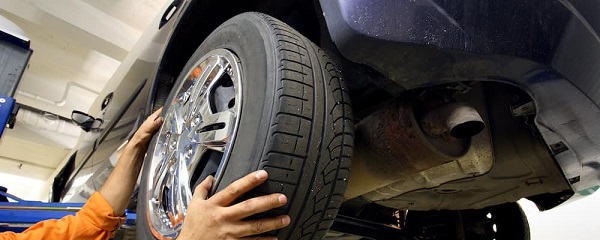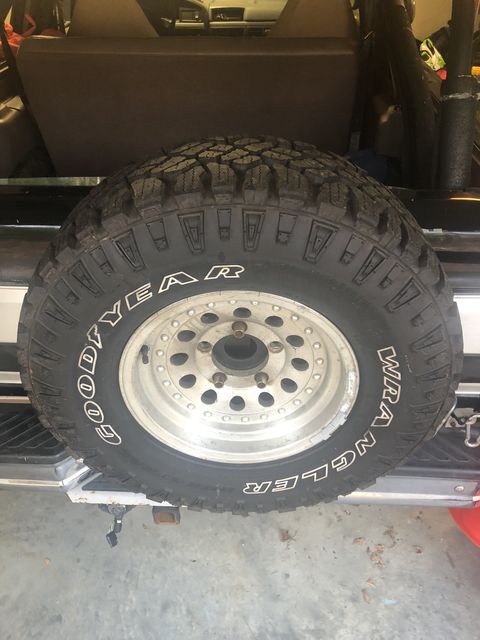Tires are expensive. You want to make them last as long as possible. To do that, you need to rotate your tires every once in a while (different guidelines range from 3,000 miles to 8,000 miles).
Why is this so important? No matter what kind of car you drive, the tires at each corner are all doing a slightly different job, which means they wear differently. Front-wheel-drive cars in particular make their front tires work a lot harder than the rears—the front pair bears all the burden for accelerating and turning, and most of it for braking. In addition, front-wheel cars carry most of their weight on the front end.
But you’re not off the hook if you drive a rear- or all-wheel-drive vehicle. Any car will wear its tires in different ways just because of the peculiarities of that particular car’s suspension or alignment. So you want to rotate them if you can.
The Most Important Step: Making Sure You Can Rotate
Don’t skip this step! The first thing you need to do is figure out whether your car’s tires can be rotated at all. Many performance cars use staggered sizes, which usually means the rear tires are wider than the fronts (though not always, as demonstrated by the wider front tires on the Audi RS3). In this case, you can’t slap your wide rear tires on the front.
Performance cars also sometimes use directional tires, meaning the tread pattern is designed to work in one direction (denoted by an arrow on the sidewall, or more generally by a V-shaped tread pattern). You can’t swap these tires side to side at the front or rear end, since changing sides would flip the tread pattern in the wrong direction.
One more variable: wheel offset, which means how “deep” your wheels are relative to the car’s body. Some cars might have the same size tires on all four corners, but different wheels. For example: If you’re lucky enough to own a 2014 Chevrolet Camaro z/28, the tires are all the same size but you’ll have to take them off the wheels to rotate them, because the rear wheels are wider than the fronts. Check your owner’s manual on that one, since it won’t be obvious just by looking.
How to Rotate Your Tires
If all your tires and wheels are the same size and non directional: You can swap diagonally front to rear, or move the fronts to the rear diagonal corner while moving the rears forward on the same side. If you have a full-size spare on a matching wheel, you can get really anal retentive and add that to the mix, too.
If you’ve got non-staggered directional tires: Move the rears to the front and vice versa on the same side of the car. With non directional staggered sizes, you can just trade sides at the front and rear.






